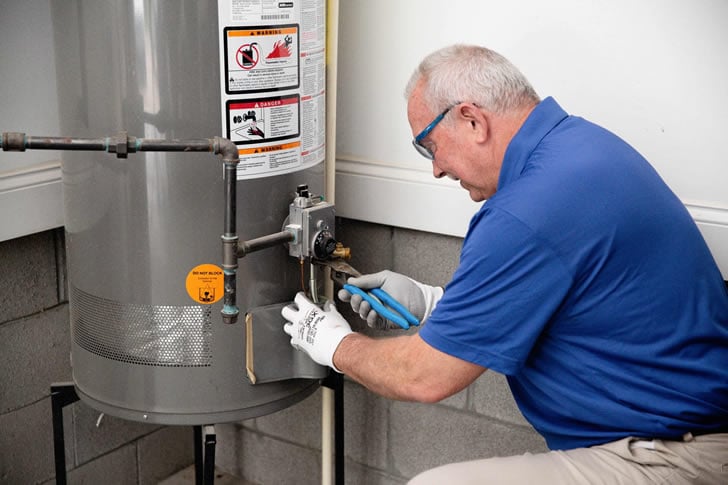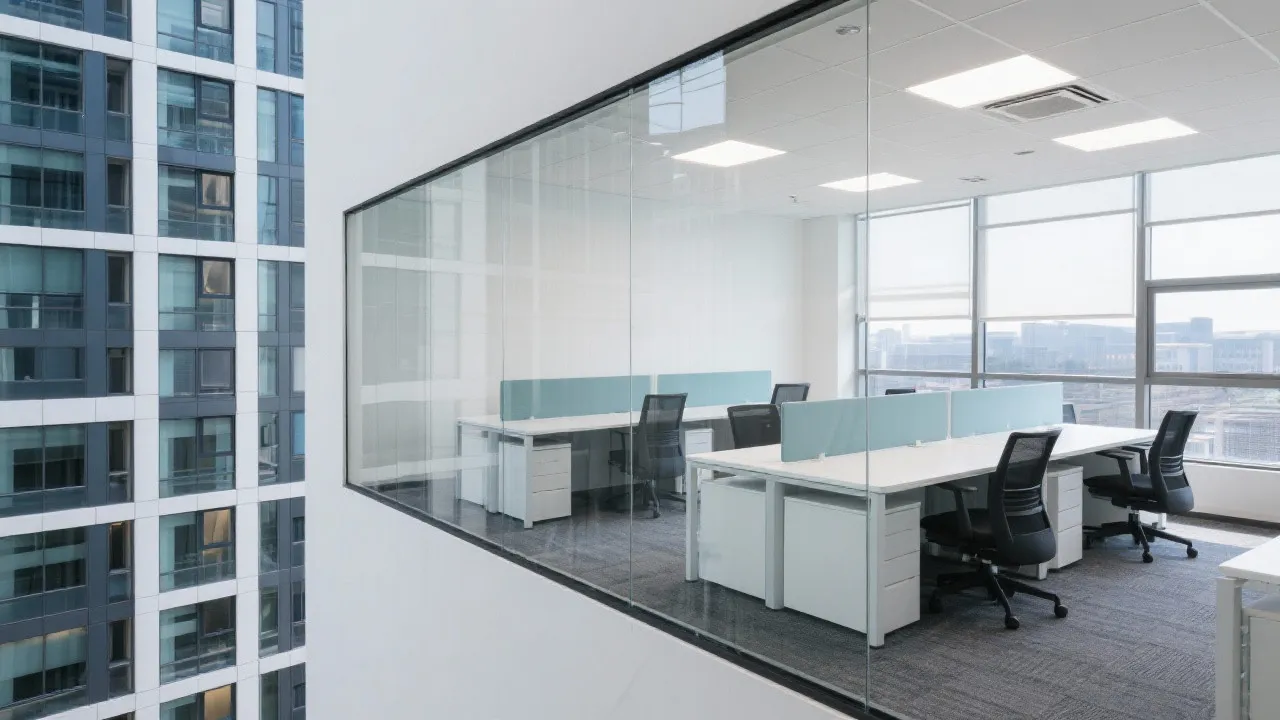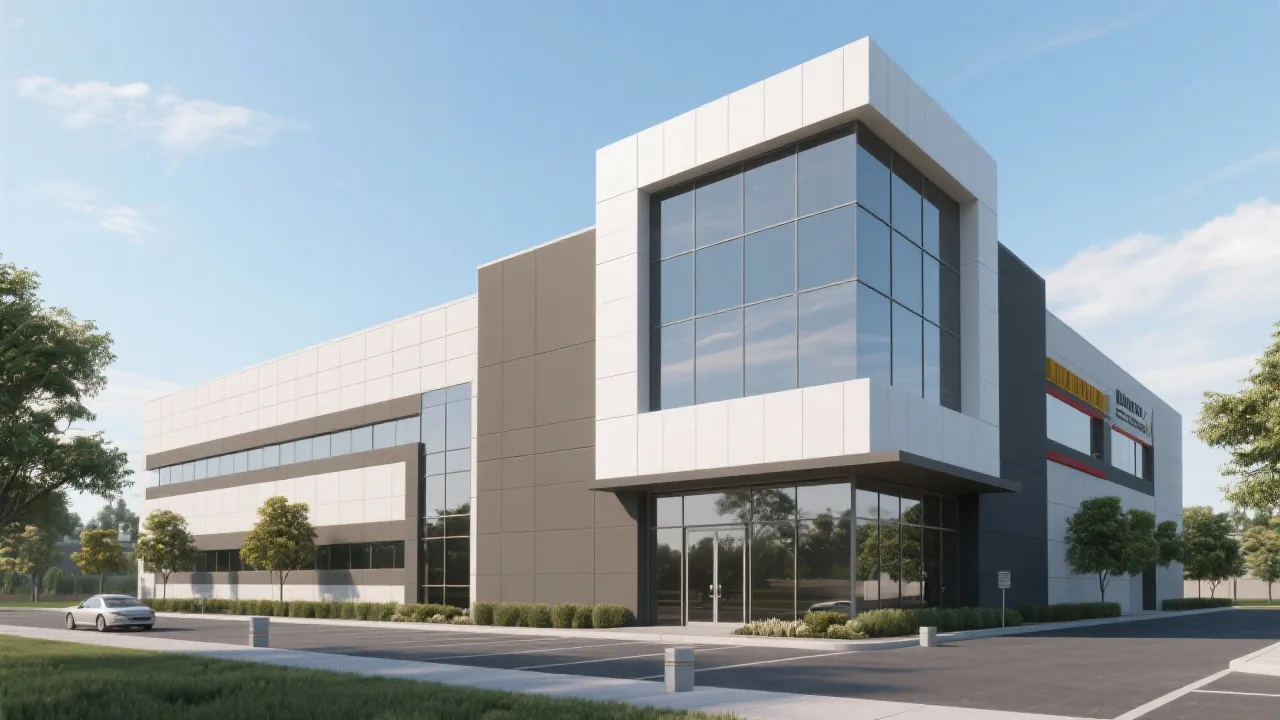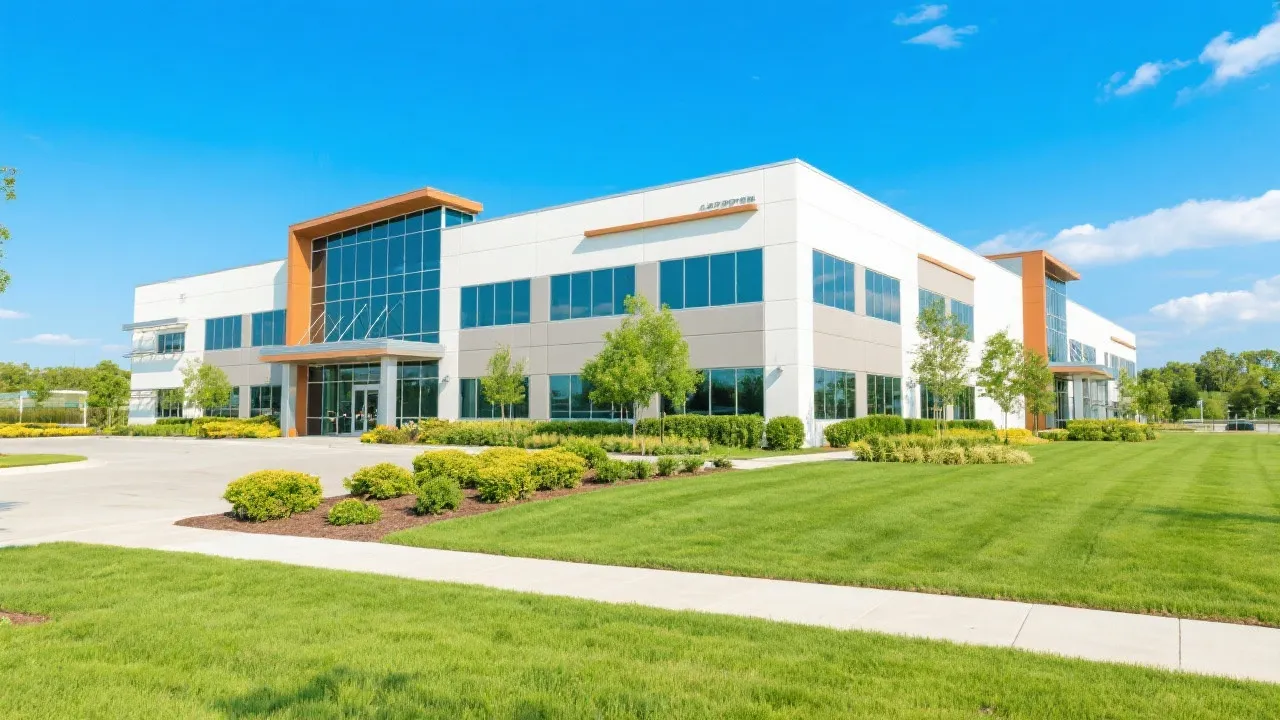Understanding Facility Realty Concepts
Facility realty involves managing and optimizing physical spaces within buildings, focusing on operational efficiency and occupant satisfaction. This intricate field plays a crucial role in real estate, intertwining property management with strategic space utilization. Industry trends and top practices offer valuable insights for achieving enhanced facility performance and tenant experiences.

Exploring the World of Facility Realty
Facility realty is a specialized domain within the real estate sector that focuses on the strategic management of physical spaces to ensure they meet the operational needs of organizations and the comfort of occupants. This area not only emphasizes the efficient use of space but also aims to maximize productivity and maintain the infrastructure's longevity. As companies seek to optimize their real estate portfolios, understanding facility realty becomes increasingly crucial.
Facility realty encompasses various facets, including managing the lifecycle of buildings, ensuring regulatory compliance, and enhancing the user experience. Professionals in this field play a pivotal role in transforming spaces into productive environments that support business objectives. This is particularly relevant in today’s fast-paced market, where businesses are constantly evolving and adapting to meet new demands. By leveraging effective facility realty strategies, organizations can improve employee satisfaction, reduce operational costs, and create a sustainable future for their properties.
The Significance of Facility Realty
The role of facility realty extends beyond traditional property management by integrating various elements such as maintenance, security, utilities, and space planning. Efficient facility realty helps reduce operational costs and increase the value of the property, making it a critical concern for property owners and managers. This comprehensive approach requires a deep understanding of building systems and an ability to align them with the occupants' changing needs while adhering to safety regulations and environmental top practices.
Moreover, the current trend of remote work and flexible working arrangements has prompted organizations to rethink their realty needs. Facilities must now be designed not only for productivity but also for collaboration and flexibility. This has led to an increased emphasis on communal spaces, breakout areas, and technology integration to support hybrid working models. Facility realty professionals are tasked with creating environments that are not just functional but also inspiring and conducive to creativity.
In essence, facility realty serves a dual purpose: sustaining the physical infrastructure and enhancing the experience of those who occupy it. By prioritizing user-centric designs and operational excellence, companies can cultivate an environment that nurtures both employee welfare and organizational success.
Key Trends in Facility Realty
In recent years, several trends have shaped the facility realty landscape. Sustainability has become a primary focus, with many organizations aiming to create eco-friendly spaces that minimize environmental impact. This involves implementing renewable energy sources, reducing waste, and improving energy efficiency.
For instance, more buildings are being equipped with solar panels, green roofs, and energy management systems that allow businesses to monitor their energy consumption in real-time. The shift toward net-zero buildings represents a significant step in environmental consciousness, allowing firms to reduce their carbon footprint while potentially lowering their utility costs. Additionally, construction practices are evolving to incorporate recycled materials, which not only conserves resources but also appeals to a growing demographic of eco-conscious consumers.
Technology also plays a pivotal role, transforming traditional practices with smart building technologies and data analytics. These advancements allow for better forecasting of maintenance requirements and space utilization, leading to cost savings and enhanced tenant satisfaction. For example, the implementation of smart lighting systems that adjust based on occupancy can significantly reduce energy consumption. Furthermore, sophisticated software platforms enable facility managers to analyze data regarding space usage patterns, allowing them to make informed decisions about layout changes and resource allocation.
Another relevant trend in the industry is the emphasis on health and wellness, particularly in the wake of the COVID-19 pandemic. Creating safe work environments has become paramount, leading to the implementation of improved air quality measures, touchless technology, and layouts that facilitate social distancing. These changes are not only compliance-driven but are also expected by tenants who increasingly value their health and safety in workplace environments.
Top Practices in Facility Realty Management
Successful facility realty management involves adopting several top practices. Regular maintenance schedules, coupled with real-time monitoring systems, ensure that potential issues are addressed promptly. Innovative space planning, which considers the evolving work environment, can greatly improve the adaptability and functionality of spaces.
By combining quantitative data with qualitative feedback from users, managers can design spaces that cater to specific needs. This approach not only enhances user satisfaction but also improves overall organizational efficiency. Working closely with tenants to understand their needs is essential; for instance, knowing that a certain team often requires collaborative spaces can help facility managers optimize areas for joint work.
Another crucial practice is the incorporation of advanced health and safety protocols, ensuring that all occupants can work in a safe environment. Routine audits and compliance checks should be conducted not only to meet regulatory requirements but also to foster trust and transparency with tenants. Clear communication around safety policies can greatly enhance occupants' perception of the space and their overall comfort.
This section also dives into the financial aspect of facility realty management. Cost optimization methods should be continually assessed, ensuring that resources are being used wisely without sacrificing quality. A thorough cost-benefit analysis of any improvement project, whether it’s a minor renovation or a complete overhaul, can shed light on potential ROI. For facility managers, understanding the financial impact of their decisions helps align facility initiatives with the broader organizational goals.
| Aspect | Recommendation |
|---|---|
| Sustainability | Implement energy-efficient systems and sustainable materials to reduce environmental impact. |
| Technology | Integrate IoT devices and analytics software to enhance operational efficiency. |
| Maintenance | Perform scheduled preventative maintenance to minimize unexpected repairs. |
| Space Planning | Design flexible spaces that can adapt to organizational growth and changes. |
| Health & Safety | Adopt comprehensive hygiene protocols and regular safety audits to ensure occupant well-being. |
| Financial Management | Conduct regular cost-benefit analyses to evaluate the financial implications of facility improvements. |
FAQs
- What is facility realty? Facility realty encompasses the management and optimization of physical spaces within a property to enhance operational efficiency and occupant comfort.
- Why is sustainability important in facility realty? Sustainability reduces environmental impact and operational costs, and aligns with modern tenant preferences for green-certified buildings.
- How does technology influence facility realty? Technology enables real-time monitoring and predictive maintenance, improving overall efficiency and response times.
- What are the benefits of effective space planning? Effective space planning maximizes usability and flexibility, catering to different organizational needs and ensuring efficient space utilization.
- How can organizations measure the success of their facility management practices? Success can be gauged through tenant satisfaction surveys, reduced operational costs, and improved efficiency metrics derived from system analytics.
- What role do facility managers play in health and safety compliance? Facility managers are responsible for implementing safety protocols, conducting audits, and ensuring that all health regulations are met to protect occupants.
- How can organizations integrate employee feedback into facility planning? Regular surveys, focus groups, and suggestion boxes can gather valuable insights that inform space optimization and the introduction of new amenities.
The Future of Facility Realty
Looking ahead, the future of facility realty is set to evolve significantly in response to technological advancements and changing workplace dynamics. The rise of artificial intelligence (AI) and machine learning is likely to transform how facilities are managed. These technologies can predict maintenance needs, optimize energy usage, and analyze patterns of space utilization with remarkable accuracy. By harnessing big data, facility managers can make proactive adjustments that align operational practices with organizational objectives.
Additionally, the emphasis on wellness and equity in the workplace is expected to increase. As more organizations recognize the connection between a healthy workspace and employee performance, facility realty will play a critical role in designing environments that support mental health and physical well-being. Features like biophilic design, which incorporates natural elements into building architecture, can enhance employee morale and promote a sense of community within the workplace.
Urbanization and population growth will also impact facility realty, necessitating the development of multi-functional spaces that can accommodate more people in smaller footprints. Innovations in modular construction and adaptive reuse of buildings will enable developers to create spaces that are both sustainable and in tune with urban needs. The challenge will be balancing density with the need for personal space and comfort.
The impact of remote work will also persist, shaping how facilities are designed and utilized. Hybrid models will demand flexible layouts that can be easily reconfigured based on occupancy levels and work patterns, pushing facility managers to become more agile and responsive in their approach.
As we move into this new era of facility realty, continuous education and professional development will be crucial for those in the field. Staying current with industry standards, emerging technologies, and evolving tenant expectations will empower facility managers to not only keep pace with changes but also lead innovative efforts within their organizations. The need for strategic thinking will be paramount as facility professionals navigate challenges and opportunities in the changing landscape.
Conclusion
Facility realty is an ever-evolving field that integrates various disciplines to optimize the built environment for the benefit of organizations and their occupants. As we have explored, sustainability, technology, and wellness are not just trends but essential components shaping the future of facility management. By adopting best practices and staying ahead of emerging developments, organizations can ensure their facilities meet the needs of today while remaining adaptable for the challenges of tomorrow.
The importance of facility realty cannot be overstated, as it influences the operational efficiency, cost-effectiveness, and overall satisfaction of those who inhabit these spaces. As the landscape of work continues to shift, facility realty will be at the forefront, leading the way in creating environments that are not only functional but also supportive of a healthy, productive workforce. Through strategic management, effective communication, and continual adaptation to changes, facility realty professionals will play a pivotal role in shaping the future of workspaces.









